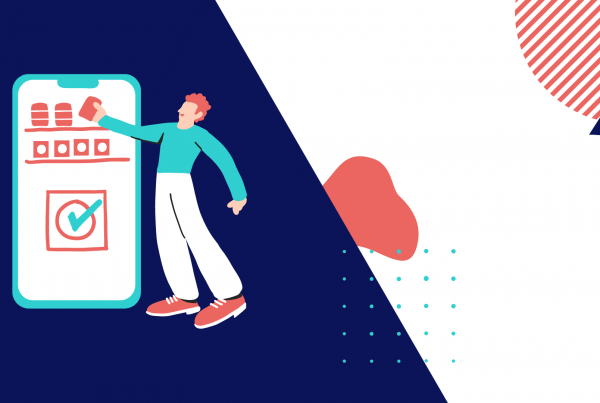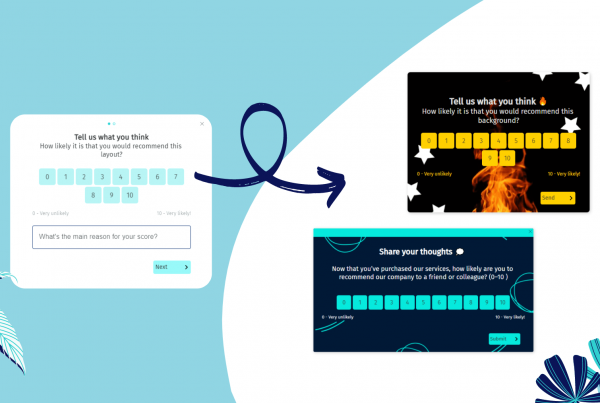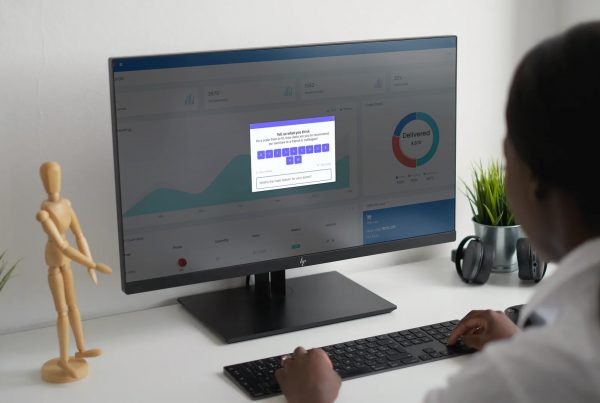If you’re still stuck on the same old “call support” mindset, maybe it’s time to consider these 2018 customer service trends.
Do you find yourself in a situation where time is passing by, and your company still provides the same ineffective customer service for 5 years? One that isn’t even able to manage 60% of incoming support calls successfully? This article is for you.
According to a study conducted by Conversocial, 32% of users selected the phone as one of the most frustrating ways to engage in customer service, and 54% of millennials stopped doing business due to the poor customer experience.
Consumers continue to demand exceptional customer service. And in today’s on-the-go society, it’s crucial that you stay current! So here are 5 customer service trends that will lead online businesses to more customer loyalty and satisfaction this year.
Automated Customer Service
The use of AI and customer service automation has been the main concern for many companies the past year, Including big fishes like Uber and Lexus. And it seems like this trend will do nothing but grow in 2018.
Several businesses are starting to use AI to improve their customer experience. And not just with chatbots and virtual assistants, but in customer behavior analytics as well.
“The leaders of iconic companies know that they also have to be leaders in customer experience technology investment,” – Elizabeth Bramson-Boudreau, CEO at MIT Technology Review.
The key is to create a balance between your resources and start using automated tools such as chatbots and virtual assistants, for simple requests and common questions. The most complex ones, leave them to a real agent.
Self-service Solutions
According to researchers, 75% of online customers expect help within 5 minutes, which doesn’t leave much time for a support call.
The majority of online users are now inclined to solve problems on their own instead of reaching out to an agent. Leading to a huge demand for self-service support tools this year.
Several companies are starting to invest in a more personalized self-service experience to prevent confusion and ensure customers have the right information online, without having to contact their support team.
A great example of self-service tools includes on-page step-by-step tutorials, online training courses, chatbots, and support articles.
More software integrations
Developing effective customer experience software is not only complex but expensive. So, in order to avoid tremendous costs in developing different technology systems, several online businesses are opting to grow their integrations with other B2B services.
In 2018, it is expected to have more information shared between systems, and an obvious adoption of “webhook” technology. This will facilitate the sharing of real-time information with users and the development of a fully-integrated customer service software.
Mobile-friendly Support
Everyone uses a smartphone, a lot actually. It has become an important device in people’s lives and you should definitely include it in your customer service strategy.
80% of the top websites are already mobile-friendly. Besides, over the past years, there has been a relevant increase in customer service interactions on social channels. The most popular are Twitter (250%), Facebook Messenger and Instagram Direct.
Live Chat, also turned out to be a great way to share information. Not only there are more chat sessions now than ever before, but also its drop off rate for long response times is higher than in other platforms. Maybe it’s time to build a chat solution into your customer service software?
Voice Recognition
Last year, tools like Amazon Echo and Google Home, made users feel more comfortable using their voices to interact with digital products. In 2018, voice recognition is expected to grow even more and not just in terms of mobile search and voice analytics.
Companies should now focus on developing natural voice interfaces that can heavily recognize speech and respond to interactive behavior. In customer experience, this will be especially useful when a user is looking for information on a website.
To sum up, 2018 will be the year of personalized self-service and automated customer service. Users will be able to solve problems with autonomy and without having to wait too much time for an answer. Customer service will also be integrated into different channels, including Social Media and Live Chats, and recognize user’s speech for faster responses.
So, are you ready to start changing?





